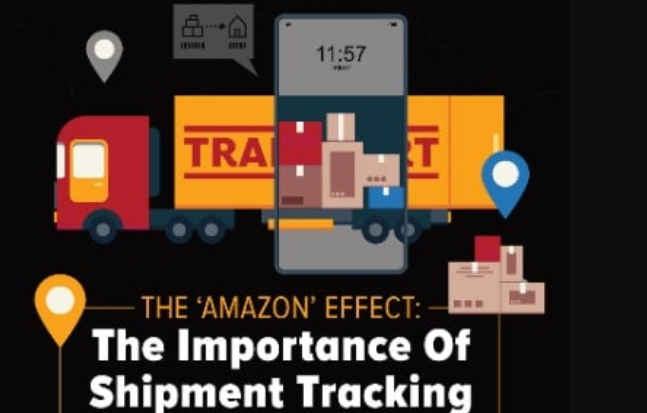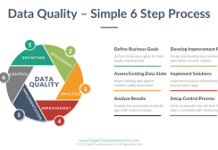The ways in which e-commerce has evolved has provided shoppers with a new ideal experience. Even before COVID-19 restrictions were being enforced throughout the world, shopping online was already quickly becoming the preference of the average shopper. The safeness and convenience throughout the pandemic only further accentuates this preference. I mean, think about just how easy it is to begin shopping online. One simple google search of enough targeted keywords and you’re able to see thousands of results of products available from a selection of retailers. Not only can you compare each of these products on their unique features and prices, you can read customer reviews that detail the true quality of any product you might be unsure of. With the growth seen in the industry, nearly $3.5 trillion spent globally in 2019, it’s hard to imagine a world where online retail doesn’t continue to dominate post-COVID.
One of the most convincing reasons for this argument is the fact that Amazon continues to rule over the online retailing space. With a selection of over 12 million products, it’s hard to imagine shoppers having a hard time finding a product they might need. This sort of selection has a lasting impact over smaller online retailers, though. Not enough of an impact to chase these businesses out of the industry, but an impact, nonetheless. The way in which Amazon truly has a grasp over these smaller online retailers is through their shipping and delivery capabilities.
With nearly 90% of online shoppers claiming that their experiences with Amazon make them expect faster shipping speeds from other online retailers, these smaller online retailers are often put to the test. Despite wanting to get their products out to their customers as quickly as possible, sometimes it’s just not within the capabilities of these businesses. For those retailers struggling to keep their shipping speeds up to par, prioritizing other improvements to the customer experience is the best use of their resources. For example, a branded tracking page that allows customers to keep up to date with their orders on your website is a start. More advanced changes that can be made are all on the website side of things. Users accounts that are beneficial to users is one example of this. Saved location and payment information, product recommendations that are actually accurate, or even coupons exclusive to users are a great start to improving the experience.
The reason these smaller businesses should prioritize their customer experience over their shipping abilities is because it’s going to be difficult to match up to Amazon regardless. Free, two-day shipping is nearly impossible to keep up with, no matter how good a businesses’ automated storage and retrieval system is. However, if these smaller retailers were to prioritize one aspect of their shipping, it should be the cost associated. While most customers prefer their orders to arrive at an accelerated rate, they’re not willing to pay the costs associated with that rate unless it’s necessary, hence Amazon’s success. However, these same customers would be willing to wait a bit longer for their package assuming it doesn’t cost them anything. This is where smaller online retailers can focus their efforts for maximum return on investment. For more on combating the shipment preferences of customers, be sure to check out the infographic featured alongside this post.












